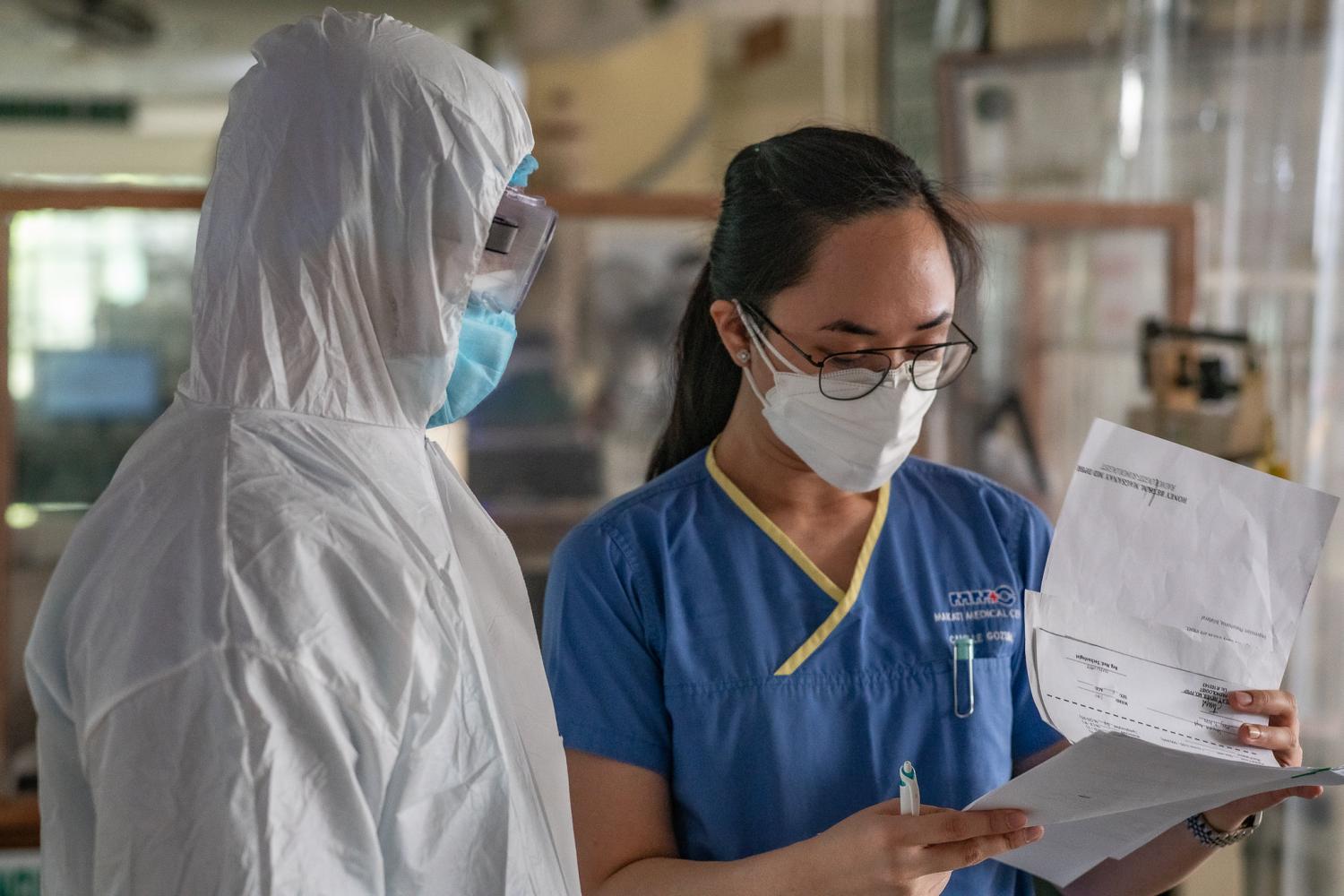A New England Journal of Medicine study yesterday details breakthrough COVID-19 infections in 39 of 1,497 fully vaccinated Israeli healthcare workers, with most cases mild or moderate but 19% with symptoms lingering for more than 6 weeks.
A team led by Tel Aviv University researchers used diagnostic testing, antibody assays, genomic sequencing, and contact tracing to evaluate healthcare workers who were symptomatic or had been exposed to an infected person.
All workers had received a second dose of the Pfizer/BioNTech vaccine 11 days before the study began on Jan 20. The study ran for 14 weeks, during which time Israel experienced its third and largest COVID-19 case surge.
The researchers also matched workers with COVID-19 and antibody concentrations obtained within a week before diagnosis with four or five uninfected controls and used generalized estimating equations to predict average antibody levels and the ratio between the levels in the two groups.
A 'special challenge'
In total, 2.6% of the healthcare workers had breakthrough COVID-19 infections, 67% of which were mild and 33% of which were asymptomatic. The most common symptoms were upper respiratory congestion (36%), muscle pain (28%), loss of smell or taste (28%), and fever or chills (21%).
"In this study, we found that although the [Pfizer] vaccine is extremely effective, rare breakthrough infections carry an infectious potential and create a special challenge, since such infections are often asymptomatic and may pose a risk to vulnerable populations," the researchers wrote.
Thirty-one percent of infected workers reported persistent symptoms 14 days after their diagnosis, and 19% reported "long COVID" symptoms of loss of smell, cough, fatigue, weakness, shortness of breath, or muscle pain for more than 6 weeks. None were hospitalized. Of the 23% of workers who took a leave of absence from work for more than the mandatory 10-day quarantine, four returned to work within 2 weeks, and one still hadn't returned after 6 weeks.
The Alpha (B117) SARS-CoV-2 variant, which was dominant in Israel at the time, was identified in 85% of tested samples. Of all workers, 74% had a high viral load (cycle threshold [Ct] value less than 30) at some point during their illness, suggesting contagiousness. No secondary infections were identified, which the researchers said suggests that the infected workers were less contagious than their unvaccinated peers.
Unvaccinated people sole source of infection
The workers had lower neutralizing antibody levels in the week before diagnosis (peri-infection period) than did matched controls (case-to-control ratio, 0.361). Higher antibody levels were linked with lower infectivity (higher cycle threshold values).
"Among fully vaccinated health care workers, the occurrence of breakthrough infections with SARS-CoV-2 was correlated with neutralizing antibody titers during the peri-infection period," the authors wrote.
The likely source of COVID-19 infection in all 37 healthcare workers with available data was an unvaccinated person, which was a household member in 57% of the cases. In 30% of cases, the suspected source was an unvaccinated fellow healthcare worker or patient, of which 7 of 11 were linked to a single hospital outbreak involving an unvaccinated index patient who had been receiving noninvasive positive-pressure ventilation before being diagnosed as having the Alpha variant.
Of the total cohort, 46% were nursing staff members, 26% worked in administration or maintenance, 15% were allied health professionals, and 13% were physicians. Average age was 42 years, 64% were women, and only one person was immunosuppressed. The median interval between the second vaccine dose and COVID-19 diagnosis was 39 days.
The authors said that the results are important to predicting how the expected decay of SARS-CoV-2 antibody levels after vaccination will affect clinical COVID-19 outcomes, whether a booster dose will be needed, and whether vaccinated people are protected. "Such capacity for prediction is particularly important for new vaccine development," they wrote.





















